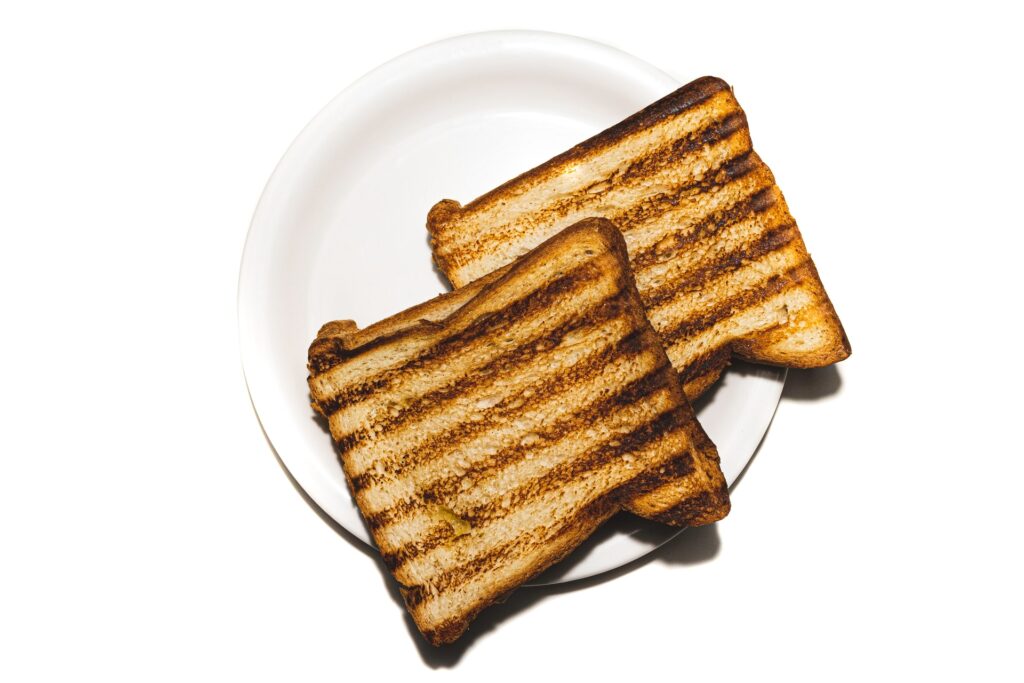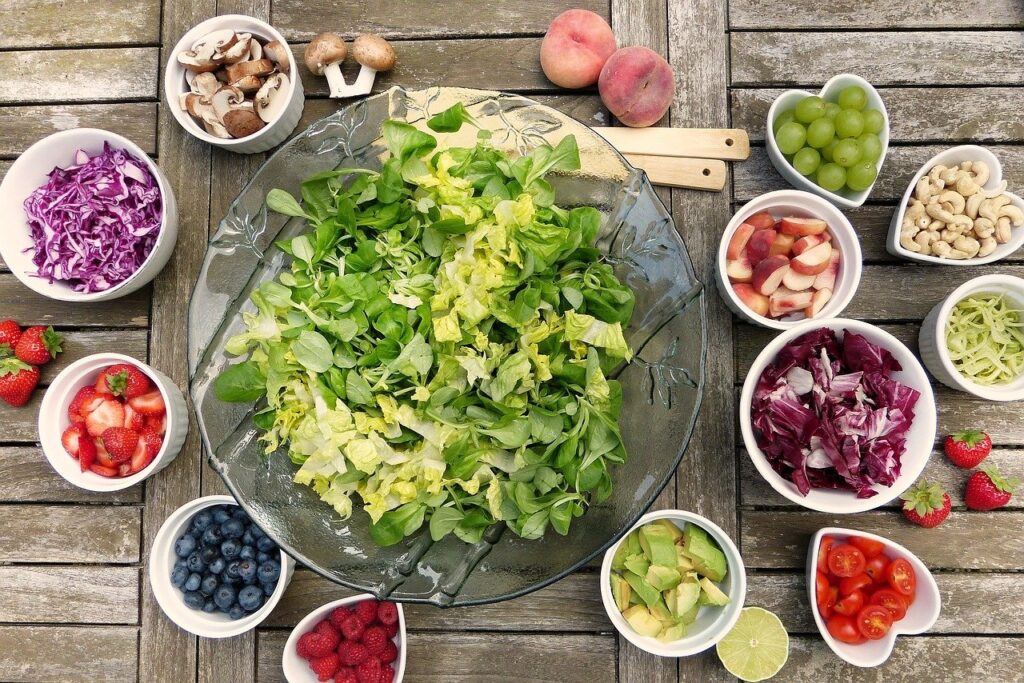Advanced Glycated End Products (AGEs) could be hurting your fertility

Have you heard the term AGEs being thrown around in the fertility world? Are wondering what on earth they are? We have noticed that a lot more of our clients are asking about these, so we have you covered and are going to explain, so let’s dive into it!
We know that overconsumption of energy-dense and nutrient-poor foods can contribute to the development of chronic diseases such as cardiovascular disease, type 2 diabetes and weight gain. However, recently scientists have discovered that it is not only overconsumption but also something called advanced glycated end-products (AGEs) that can have a powerful (and negative) effect on our metabolic health!

What are AGEs?
AGEs are toxic end-products that are formed when either protein or fat combine with the glucose in our blood – this process is known as glycation and unfortunately is also a natural part of the aging process (Schmidt et al., 1994). These AGEs are an important factor in egg quality, as research also suggests that elevated levels in serum and follicular fluid (this is what surrounds the egg) are associated with a reduced ovarian reserve, and therefore reduced chance of falling pregnant (Jinno et al., 2011).
AGEs can also form in the foods that we eat and can induce oxidative stress. Oxidative stress is an imbalance of free radicals and antioxidants in the body, which can lead to cell and tissue damage – that is in all cells, including our egg cells.
Let’s bring it back to some basic science. Free radicals are unstable atoms (meaning they have an unpaired electron). In order for them to become stable, they attempt to latch onto our healthy cells and tissues, which in turn can damage these cells and cause illness and aging – not ideal.
Did you know that diet is in fact the biggest contributor of AGEs in our body?
The good thing is that we have mechanisms to eliminate these harmful free radicals, which include through the activities of antioxidants. However, the benefits of antioxidants can be outcompeted with the over-consumption of AGEs (or when too many form spontaneously), resulting in accumulation of AGEs and failure to effectively eliminate them (Healthline).
Where do we get AGEs from?
Okay we have established that AGEs are not great for us, but the real question is what foods are we getting them from?
Well it is pretty simple, the modern diet is linked to high levels of AGE ingestion. Why – because some of the most popular cooking methods are exposing our food to dry heat, including barbequing, grilling, roasting, searing and toasting, to name a few.
‘The best way we like to describe AGEs in food is through charring or burning our food – so please just throw out that burnt piece of toast and start again!’
While these cooking methods sure are delicious (and smell great too), they can increase the chance of ingesting AGEs to harmful levels. In fact, dry heat has potential to increase the amount of AGEs in your food by 10-100 times – wow (Cai et al., 2002)!
Top tips to reducing your intake of AGEs
1. Re-think your cooking method
You know when you burn a piece of toast, you look at it and think, ugh it’s not that bad, I will just eat it. Well, you will do that no more! Poaching, microwaving, and boiling are the easiest ways to prevent ingestion of AGEs through food, as they do not produce a char on the exterior of our food or use dry heat. When grilling, BBQing, roasting or frying, it is important for those hoping to conceive to cook at lower temperatures and avoid any food that is burnt or charred.
Did you know that using a marinade or a squeeze of citrus on your food before cooking can also reduce the chance of consuming too many AGEs? It will also make your food tastier so give it a go! When looking for a marinade, choose one with less than 15 g of added sugar per 100g of the product and less than 400 mg of sodium per 100 g of the product.

(2) Boost the antioxidant content of your diet
Antioxidants are widely known for their ability to ‘mop up’ free radicals and prevent oxidative damage.
What does that mean, you ask?
You would have read earlier in this article about the fact that free radicals have an unpaired electron making them highly unstable. Well, oppositely antioxidants are molecules that are stable enough to donate one of their electrons over to the free radicals, ultimately stabilising them. This means they will no longer be able to cause harm and oxidative damage in our bodies.
At The Dietologist, we encourage our clients to “eat the rainbow”. Gents this one is for you too, not off the hook here sorry! This promotes the intake of a wide range of varying antioxidants, which will allow you to truly benefit from them. To do this you can start including a large range of different coloured fruit and vegetables into your diet. The ultimate goal is to consume 30 different coloured plant foods each week (yes that sounds like a lot, but it can be easier than you think with some small tweaks to your diet). Why not start including three different coloured fruit and/or veggies at each of your main meals!
Want more personalised advice on how to improve your chances of conceiving? Book in with The Dietologist team and we can develop an individualised plan to help improve your fertility through nutrition.